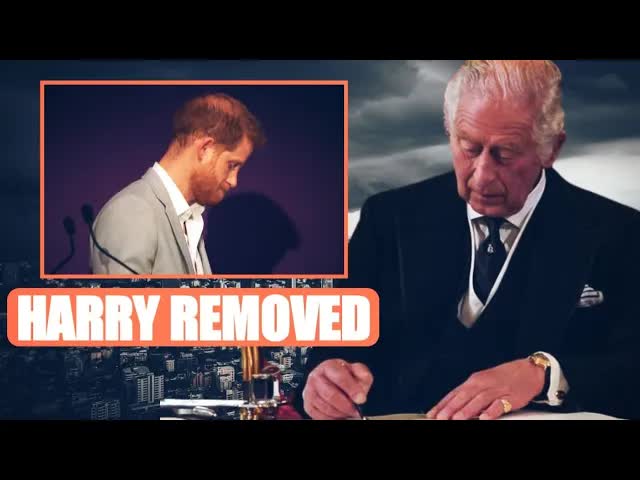Complete List of Royals Who Could Substitute for the Monarch
The year 2024 has kicked off with a flurry of events for the British royal family.
Following the news of King Charles’s recent illness, there is a collective hope that this will mark the end of distressing updates emanating from the palace.
The king’s health concerns arose after he underwent treatment for an enlarged prostate, coupled with the alarming revelation that his daughter-in-law, Duchess Kate, had been hospitalized post-abdominal surgery.
Prince William, her husband, has admirably taken charge of caring for Kate and their three children—Prince George, Princess Charlotte, and Prince Louis.
With the prince now poised to resume his official duties, questions arise about the potential scenarios should the king need to step back during his ongoing cancer treatment.
In such a situation, the appointment of councillors of state comes into play.
These individuals act as representatives of the monarch when they are temporarily incapacitated due to illness.
They are granted the authority to fulfill most of the sovereign’s official responsibilities, including attending Privy Council meetings, signing routine documents, and receiving credentials from new ambassadors.
Notably, they do not possess the power to dissolve parliament or appoint a prime minister unless explicitly directed by the monarch.
Traditionally, the duty of standing in for King Charles would fall on Prince William, being next in line to the throne.
However, in scenarios where he may also require absence, such as assisting with childcare responsibilities alongside Kate, the mantle of responsibility would shift to other government advisors.
The Regency Acts of 1937-1953 outline the provisions concerning state councillors.
According to these laws, the monarch’s spouse, Queen Camilla, along with the four eldest individuals in the line of succession aged 21 or above, are eligible to serve in this capacity.
The current roster comprises Queen Camilla, Prince William, Prince Harry, Prince Andrew, and Princess Beatrice.
Notably, in response to evolving circumstances, Parliament was petitioned in 2022 to expand this list due to the exclusion of Prince Harry and Prince Andrew from the royal family.
Consequently, Princess Anne, the Princess Royal, and Prince Edward have been included in the updated lineup.
While Prince Harry holds the status of a state councillor, his relocation to the United States following his withdrawal from royal duties makes it improbable for him to assume a deputy royal role.
Similarly, Prince Andrew, no longer an active member of the royal family, falls under the same category.
The legislative amendments in 2022 specified that only working royal family members could be designated as state councillors.
Hence, the likelihood of any of them, including Princess Beatrice, being called upon to step in remains remote.
In light of the recent developments within the royal family, the discussions surrounding potential stand-ins for King Charles underscore the importance of having a structured contingency plan in place.
As uncertainties loom, the resilience and adaptability of the monarchy in navigating through challenging times are put to the test.
The public remains vigilant, hoping for swift recoveries and stability within the royal household as the narrative unfolds.
